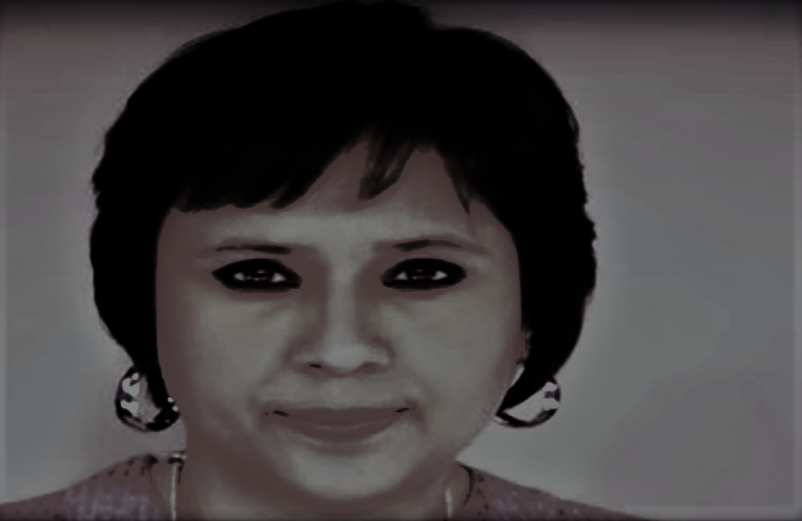

India is a country where religion is embedded in our everyday culture, from the temple, mosque or gurudwara at the street corner to the Christian prayers we said in assembly to the Ram bhajans, we learnt in school choirs. It is also disingenuous to involve the example of the French, who have forbidden all signs of visible religiosity in public educational institutions. So while there is merit in calling out the Islamist politics of the Popular Front of India, whose campus wing has been linked to many of the pro-hijab protests in Karnataka if you do so without simultaneously condemning and calling out the ugly Islamophobia that has been unveiled in the attacks on Muslim girls, you are guilty of hate-mongering. It is this that is being violated in Karnataka. It’s perfectly valid to oppose the hijab (or the ghoongat) and still speak up for the essential right to dignity for all women and girls.
Barkha dutt religion free#
Even the idea of free choice in any gender debate is a slippery slope we are all massively conditioned and socialised by centuries of patriarchy. So does modern mass media and its male gaze. The orthodoxies of all religions militate against women.

To posit the question as to whether one is for or against the hijab against the larger backdrop of what is happening in Karnataka is to create a pointless binary. What if tomorrow women want to challenge an essential practice on the grounds of it being discriminatory? In any case, certain universal principles of equality must override the specificity of individual religious practices. Subsequently, the refusal by people, including many women, to accept the verdict has led to a review of that decision. While the court wanted women in the menstruating age group to be allowed to offer prayers at the shrine to Lord Ayyappa, it fell back on the essentiality doctrine - a determination of what is central to a faith. What happened with the Sabarimala case is instructive about the limitations of using the judiciary to address social, political and religious fault lines. In a country where it is a struggle to keep girls enrolled in school - the literacy rate for Muslim women is lower than women from any other religious community - what would you prioritise - a uniform or an environment that makes it easier for a young girl to attend and stay in school? That is why I am opposed to this conversation being about legality or religion it is, at its core, about the right to an education. It is possible to be uncomfortable with the hijab - and many women I know are - and also be appalled by the undignified developments in Karnataka. These pictures have made it clear that this is no longer a debate about the merits of schoolchildren conforming to a standardised uniform. Most disturbing has been the videos of women and girls being made to discard the hijab or burqa, right on the road, outside the gates of their institutions, before they are allowed entry. Yet, while not being advocates of the hijab, they are disturbed and horrified at the sight of burkha-clad teenage Muslim girls being heckled and jeered at by mobs of Hindu boys. They see it as a cultural import from a more Wahhabi and Arabised version of their faith.

Several Muslim women I have spoken to disagree with the argument that the hijab is an essential Islamic practice. This framework for responding to what is unfolding both inside and outside the classrooms of Karnataka misses the point.


 0 kommentar(er)
0 kommentar(er)
